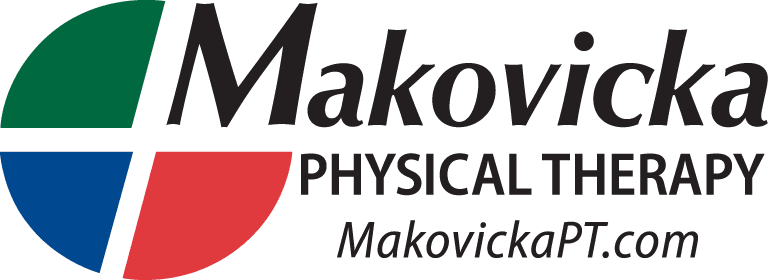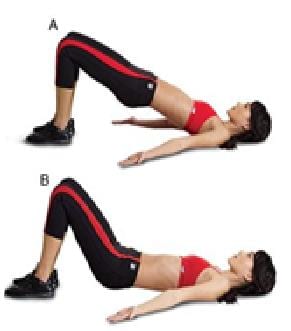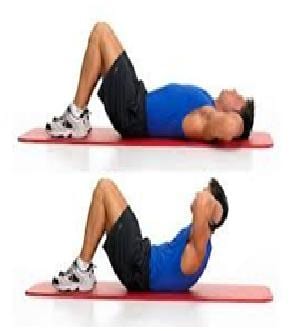As we approach the end of the year, many people will be starting the new year with new resolutions. One of the most common New Year’s resolutions is to start a workout regimen. If this is your New Year’s resolution, it is important to remember to incorporate core training in to your plan.
The core includes the lumbar, pelvic, and hip complex and the muscles of the lumbar spine and abdominal wall. Adding core training in to an exercise program is important for optimal performance and injury prevention. The core muscles function differently than limb muscles. Where limb muscles function to cause movement of the limbs, core muscles function to stabilize the spine and minimize movement. Some core muscles are also involved in respiration, such as the diaphragm. During standing activities, the core muscles function to help maintain upright posture.
The three major functional movements of the core include flexion (forward bending), lateral movements (side bending), and extension (backward bending). Some research has shown that focusing core training on these three movements during preseason training for 10 weeks prevented any new episodes of back pain and maintained what back pain currently existed for collegiate gymnasts (Core Training: Evidence Translating to Better Performance and Injury Prevention). It is also important to remember the training principle of specificity. If you are training for a specific activity, you should progress to performing core stabilization exercises in that position. For example, if you are training as a runner, progress to performing exercises in a standing position.
Below are initial exercises to focus on training the main three movements of the core.
Focus on squeezing glutes together to achieve movement in photo 1. Photo 2 demonstrates a side plank to focus on the lateral muscles. Photo 3 demonstrates a mini crunch to focus on the front core muscles. Perform only a small movement to reduce strain on the low back.
McGill, Stuart PhD, Core Training: Evidence Translating to Better Performance and Injury Prevention.Strength & Conditioning Journal. 32(3):33-46, June 2010.



